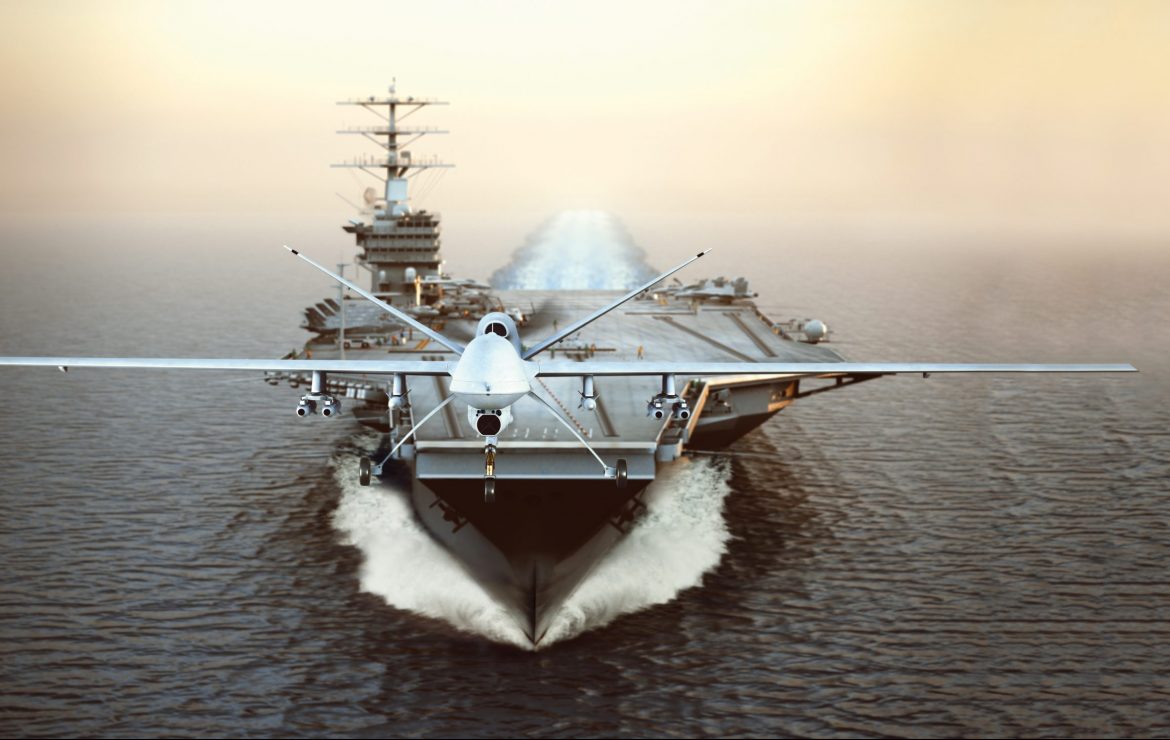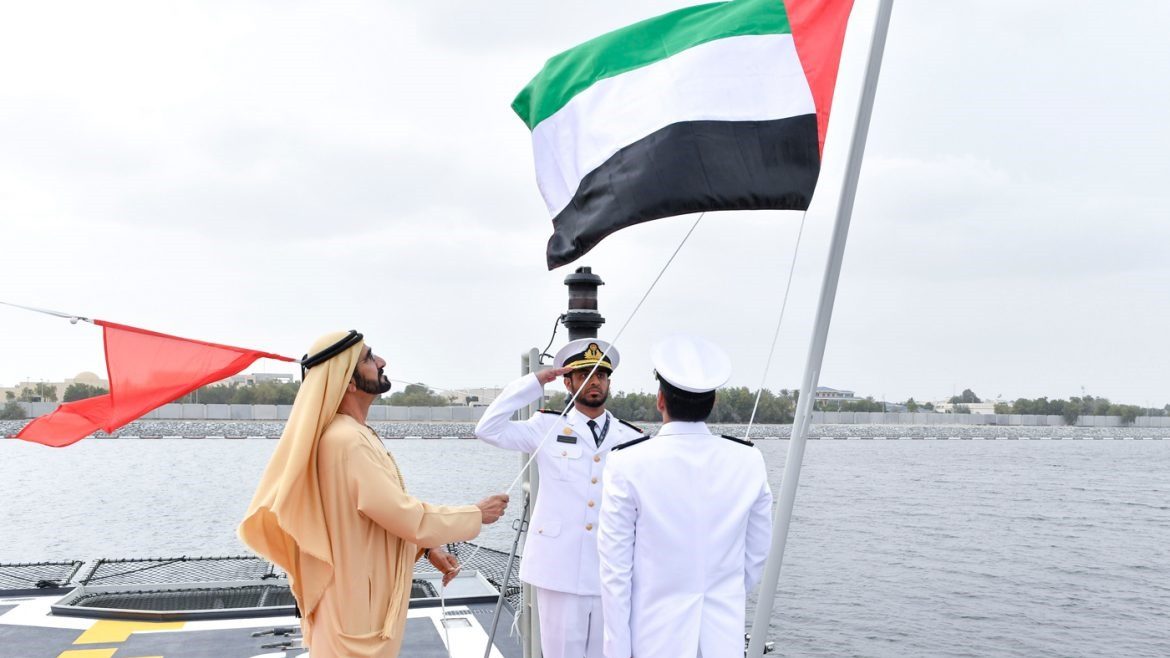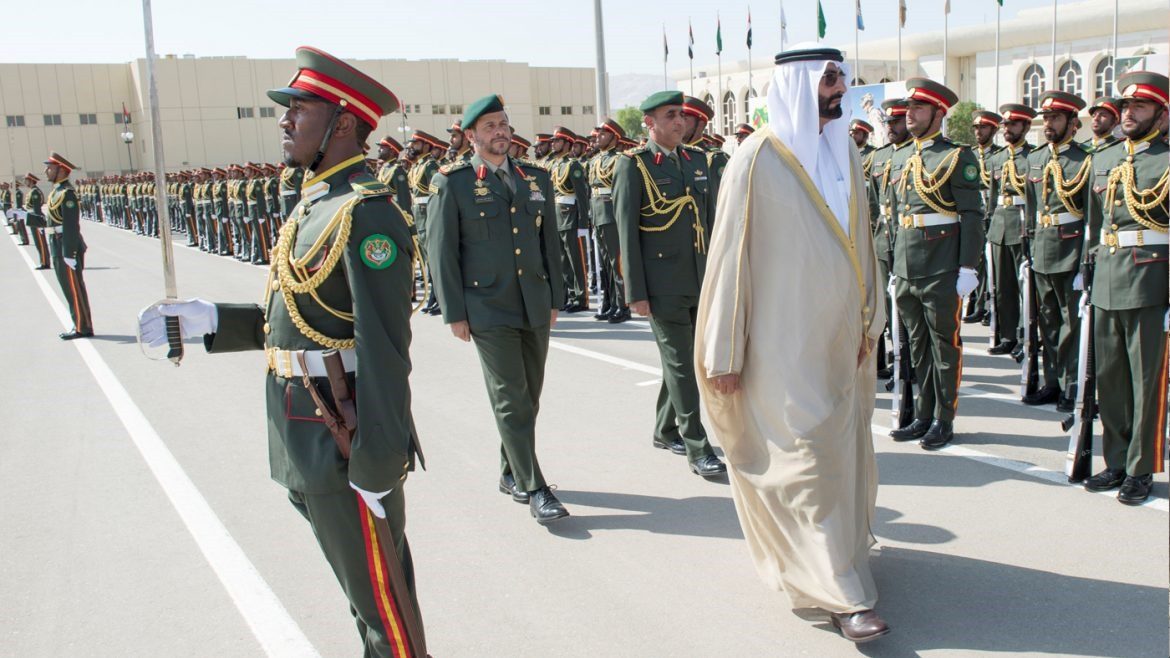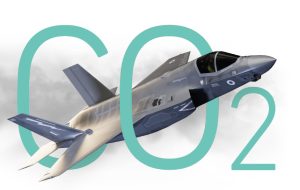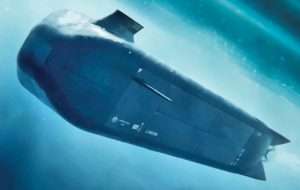Like many other contemporary technologies developing at a rapid rate, unmanned aerial vehicles (UAVs) or drones, to use their more common moniker, are subject to considerable speculation as to the uses which they will be put. Often, we cannot see the future impact of our inventions and all the ways they will be employed. This is probably true to some degree in the case of drones. Nonetheless, UAVs have reached a stage of maturity whereby their utility across a range of prospective activities is now more readily discernible. This includes their use in the maritime environment.
Today, numerous governments are implementing programs for maritime security that are increasingly leveraging drones. Some of these programs are already active; others are in preparation phase. As this article goes on to explicate, drones will be an asset in facing a myriad of maritime security challenges. However, these systems are not a panacea: they possess limitations and thus will likely augment – albeit in important ways – rather than replace existing tools for maritime security.
This article first provides an overview of the some of the most significant areas of maritime security that drones can make a contribution to in the near-term. It then looks at current trends in the sector to suggest the possible ways in which their influence will be felt in the years ahead.
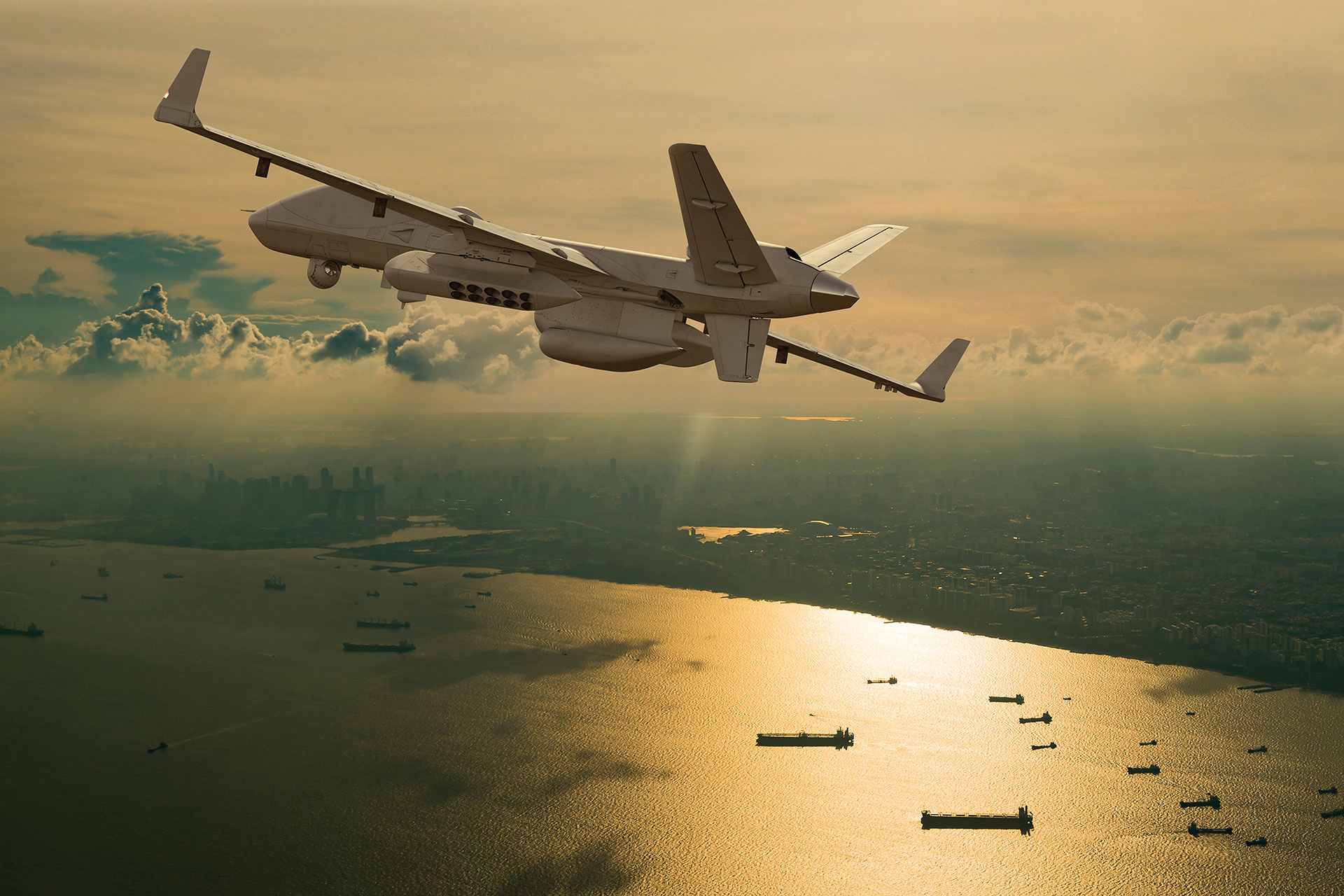
Securing the maritime environment
As sensor carriers able to fly long distances, drones are highly attractive for those countries with large coastlines and vast adjacent seas to monitor. Securing Australia’s maritime environment – to take an example on the extreme end of the spectrum – is a gargantuan mission. The Government of Australia is responsible for somewhere near 35,000kms of coastline and about 15 per cent of the world’s seas. Even for countries with more circumscribed coastlines, the maritime domain presents a potpourri maritime security threats, including, inter alia, unauthorized fishing, drug and people smuggling, and illegal immigration – not to mention conventional military threats. Given these dynamics, it is unsurprising that countries like Australia increasingly see drones as a security multiplier in the maritime domain. The European Maritime Safety Agency (EMSA), for example, is now using drones to help with border control, pollution monitoring and the detection of illegal activities such as fishing and drug trafficking.
Many governments and inter-governmental organizations believe that existing maritime surveillance systems will not be capable of meeting anticipated changes in the threat environment in the future. Drones are viewed as an effective means to make up this projected shortfall. The following sections detail some of the areas in which drones will likely make a positive impact to maritime security.
Maritime domain awareness for defense
Given the size of the maritime area to be covered, detecting threats is often like finding a proverbial needle in a haystack. Land- or ship-launched drones, however, can amplify nations’ intelligence, surveillance, and reconnaissance (ISR) capabilities across the seas.
The Japanese Ministry of Defense, for example, is acquiring more drones to improve its maritime domain awareness (MDA) throughout its expansive waters and beyond. That Japan deems this aspect of its national security so critical is of little surprise. Japanese territory includes more than 6,852 islands and the country is dependent on maritime trade. Added to this, it has extant territorial disputes with China, Russia, and South Korea. Japan’s Air Self-Defense Forces aircraft frequently intercept aircraft or monitor naval vessels near disputed areas. Other nations with similar challenges to their territorial waters are also acquiring UAVs.
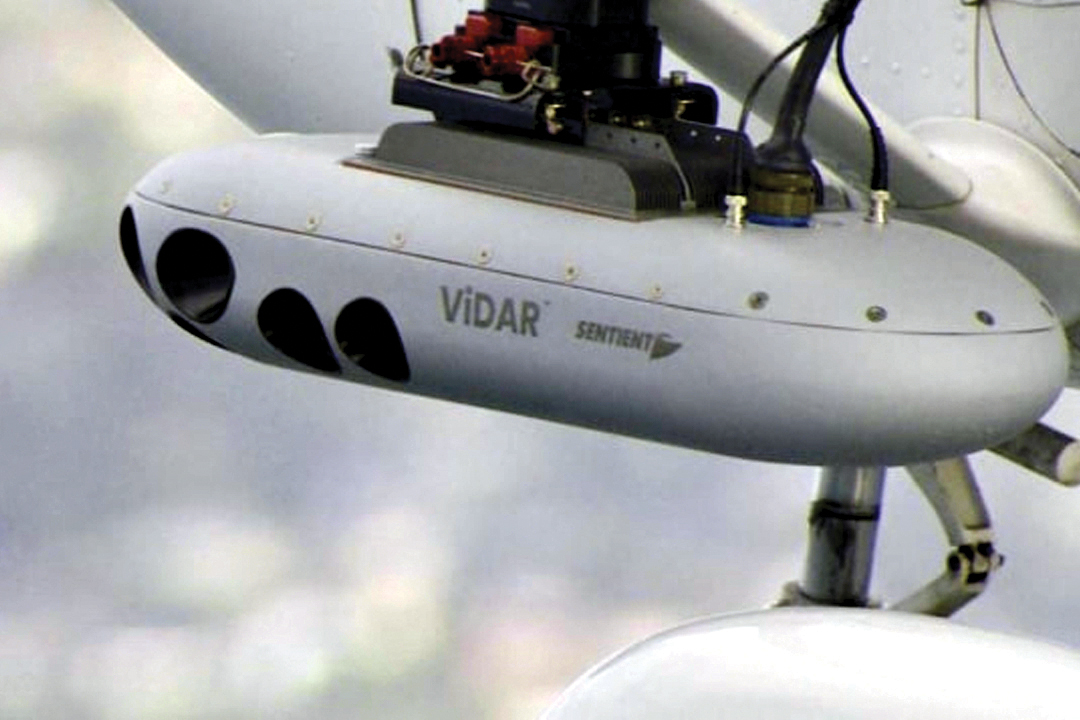
Drones, including armed drones, will also play an increasingly important role in anti-surface and anti-submarine warfare (ASW). US drone manufacturer General Atomics has recently publicized that it has successfully flight-tested a dispenser pod as part of a broader demonstration of ASW capabilities it is developing for its MQ-9B Sea Guardian drone. The pods were used to release sonobuoys, but the company has also stated that it will also be able to launch precision-guided munitions and numerous small, unmanned aircraft to operate as an autonomous swarm.
Anti-piracy
Piracy is a serious problem in maritime transport with multiple impacts both on the economic level and on human resources losses. UASs have been discussed as possible instruments of anti-piracy for several years as other efforts have proved to be of limited effect. Recent years have seen drones increasingly employed in multinational anti-piracy operations. For example, the EUNAVFOR’s Operation Atalanta, the European Union’s anti-piracy naval mission in the High-Risk Area off the coast of Somalia, has been using drones to monitor the nation’s coastline and search for pirate activity.
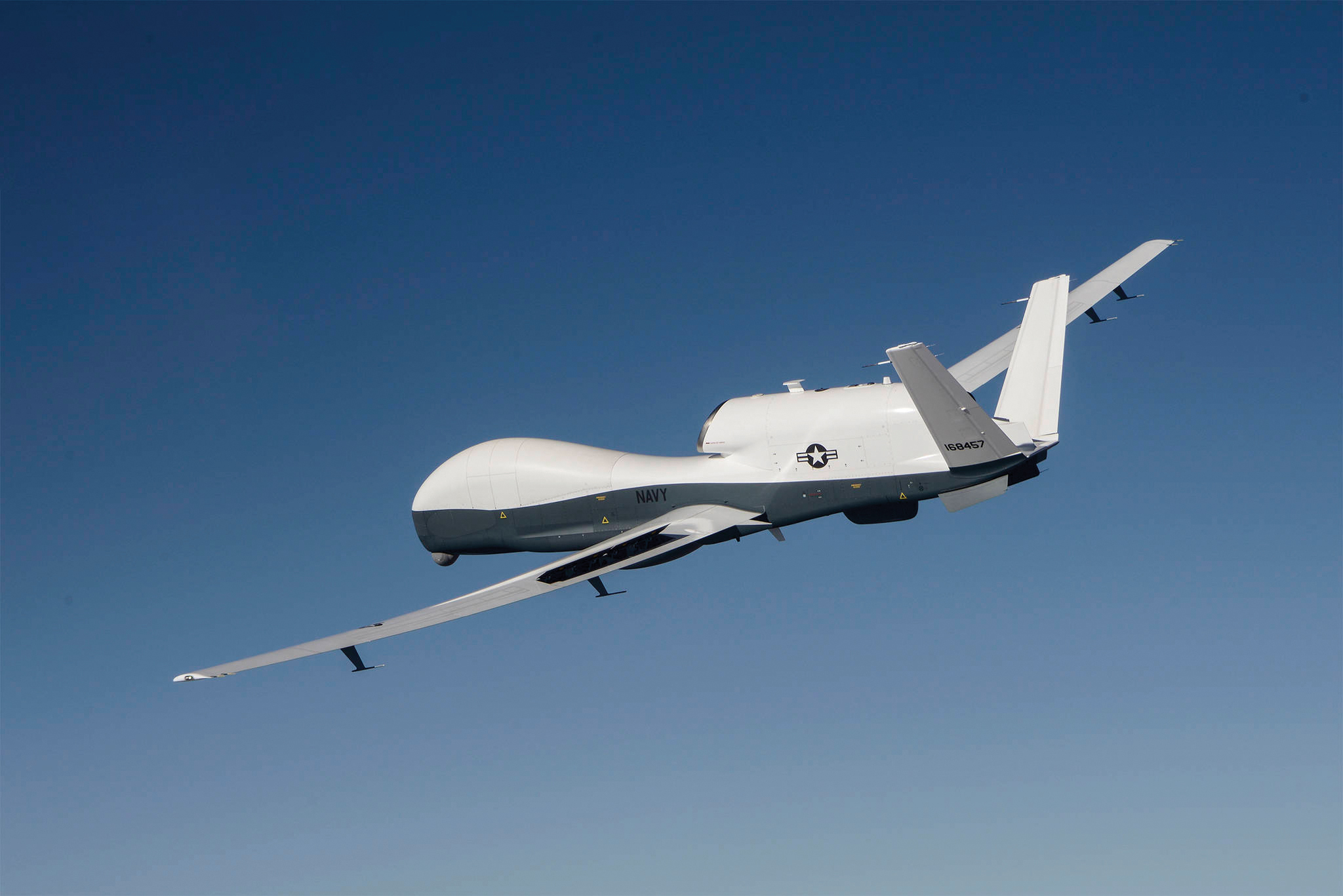
In locations like Southeast Asia, which has been described as a “paradise” for pirates (largely because governments there have failed to establish early warning systems and thus develop their early warning and response capabilities), drones may provide an affordable way to plug the gap. As it currently stands, surveillance in resource-strapped countries has been falling behind the growing challenge of piracy. In the Gulf of Guinea, for example, the largest local navies have offshore patrol vessels, but these have limited enforcement capacity against pirates. Shore-based radar systems when they are not facing power or maintenance issues reach out only 30 or 40 nautical miles. Drones provide a way for African navies and coast guards to greatly enhance anti-piracy operations in a relatively inexpensive manner.
Search and rescue
Drones have been proven to dramatically increase the effectiveness of just about any search and rescue effort, and that difference is especially evident at sea. A drone equipped with VIDAR (Visual Detection and Ranging) has a proven ability to autonomously detect hundreds of large and small objects at sea in a variety of conditions. Small, light, and self-contained, VIDAR has been employed to dramatically improve the cost-effectiveness of search and rescue. Drones have been able to spot and positively identify numerous smaller objects such as stationary jet skis and buoys at 5nm.
The advantages of the technology are not limited to finding lost people though; drones have also taken an active role in rescue efforts. Off the eastern coast of Australia in 2016, two boys were caught up in a heavy surf, and within two minutes, a floatation device was dropped down to them by a drone.
Australia, which has the world’s largest maritime search and rescue region and Security Forces Area of Authority, covering over one-tenth of the Earth’s surface, has been an early adopter of drones for this mission. Many countries are following suit and ramping up their use of drones for search and rescue. The UK Maritime and Coastguard Agency (MCA) is undertaking a major new project to investigate how much drones can help with search and rescue compared with conventional air, sea, or land-based recovery teams.
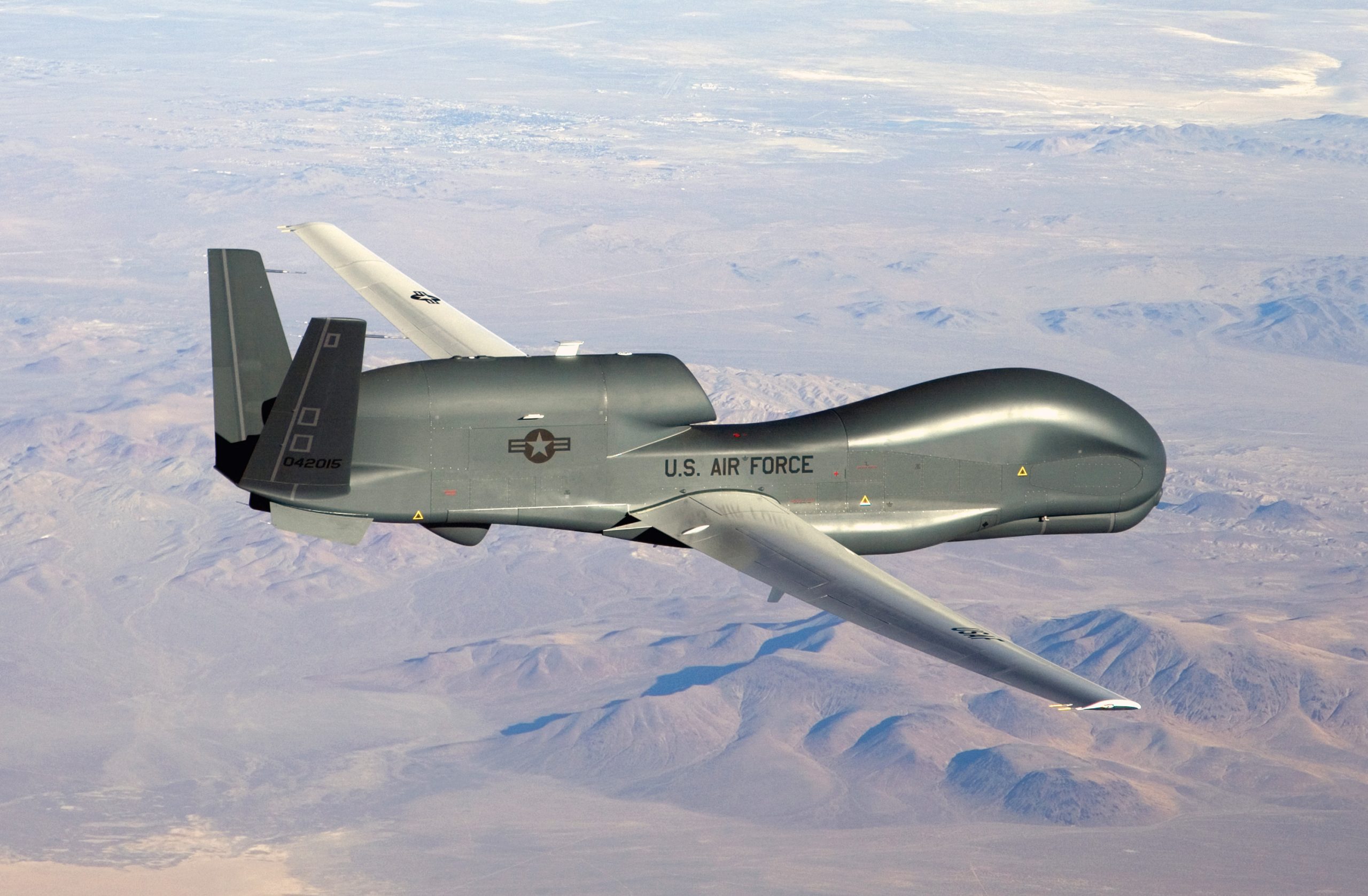
Enduring challenges
The new breed of high-end maritime drones, like the MQ-4C Triton, represent a whole different scale and class of the technology. The sensors on the drone can identify and monitor ships from 16.5 kilometers in the air while sending data to naval officers in near real-time. They are for the most part only able to be utilized by militaries and governments. The US Navy uses the MQ-4C Triton, for example, to ensure near constant maritime surveillance around one of its key naval bases in California.
Maritime drone technology has been moving forward rapidly, but there are still some inherent limitations with the systems. Drones offer endurance in flight time but, like a candle in a dark room, they only illuminate one area at a time. How do operators decide between loitering over a small area for sustained periods of time for persistence or travel across vast areas for the sake of operational scope? Short of keeping several platforms in the air at any given time, much of the maritime environment will remain completely unsurveilled – most of the time, at least. Drone platforms may boast superior efficiency in relation to manned platforms, but they are still dependent on fuel and require constant maintenance. This is expense. For example, the cost per flying hour of the RQ-4 Global Hawk (from which the abovementioned Triton is derived) was recently measured at US$18,900. Those expenses are in addition to substantial acquisition costs.
While currently in adolescence compared to the well-established UAV industry, future generations of Unmanned Marine Vehicles (UMVs) may offer an energy- and cost-efficient supplement to aerial surveillance systems. If they can be built cheaply enough, passive surveillance by a large number of cheap platforms could prove even more effective than drones.
Conclusion
Where are current trends pointing? Countries are experimenting with a widening menagerie of novel aerial drones. The US Navy has recently tested a tube-launched rotary-wing drone called the Nomad and the hybrid flying-swimming Glider, a drone that can deploy from a plane, fly along the surface of the water, and then submerge to a depth of 200 meters. But perhaps more important for maritime security than technological developments and the prototyping of new systems is the reduction in drone prices.
Drone costs – small and medium alike – have come down in recent years. It seems increasingly likely that private companies, as non-state security actors, could provide help to fill the maritime security gap when it comes to this vital aspect of the global economy. Sensors on drones that can identify and monitor ships from many miles away and automatically send that information to officials in near real-time will soon be available to commercial organizations. One major hurdle to overcome, however, is how commercial operators will work within current regulations. Civil aviation authorities impose restrictions on drone flights that make it difficult to launch quickly in a response situation.
Drones will have increasingly important role in maritime security. However, maritime security is ultimately not about any one capability; it is about how those different capabilities all come together to form a system to unable governments – and perhaps private companies also – to provide maritime surveillance coverage across the seas.
» By: Dr. Ash Rossiter
(Assistant Professor of International Security, Khalifa University )


